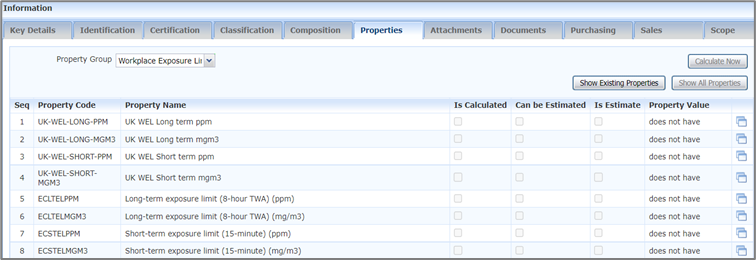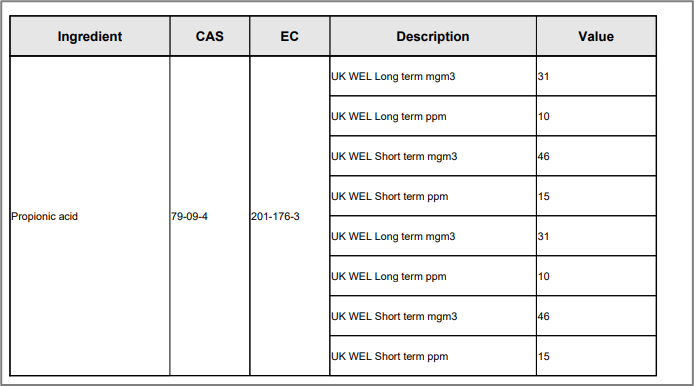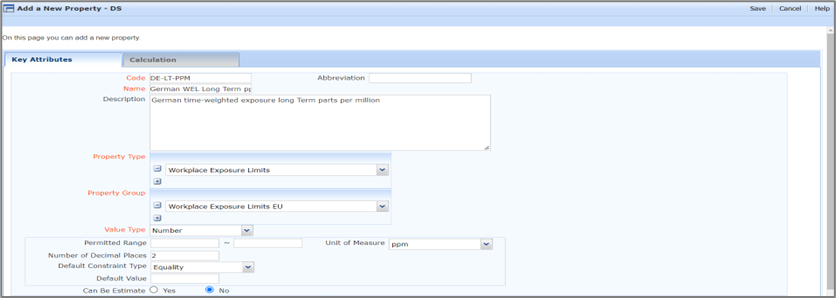Workplace Exposure Limits
Exposure limits are upper legal limits used as a safety measure to prevent over exposure to hazardous substances. Exposure can be through breathing in fumes, or dust, through skin contact, injection, or ingestion. Workplace exposure limits are defined for hazardous substances that present a possible threat to human life and/or health.
Workplace exposure limits (WELs) are subject to time-weighted averages (TWA). The long-term exposure limit (LTEL) or 8 hour reference period and the short-term exposure limit (STEL) or 15 minute reference period.
There are two time periods used for WELs:
Long-term (8 hours)
Short-term (15 minutes)
Certain rules apply to these time-weighted exposures such as that the short-term exposure level takes priority over the long-term. In Formpak the user can input the both the short term and long-term exposure limits in both PPM (parts per million) and MGM3 (milligrams per cubic meter)
The EC have workplace exposure limits and each individual European member state may also have exposure limits.
The list of workplace exposure limits for use with the Control of Substances Hazardous to Health Regulations 2002 (as amended) for the UK can be obtained from the HSE website
Exposure limits are entered manually by the user on to Formpak for the UK and EC under the Property Group ‘Workplace Exposure Limits EU’. The limits will appear in section 3.2 and 8.1 of the safety data sheet.

Section 3.2

Section 8.1

The user can also add additional Workplace Exposure Limit properties for specific countries
Navigate to Add a New Property.
Input the details required for the new property and click save the new property will then appear in the ‘Workplace Exposure Limits EU’ Property Group, the user can then manually add the
required limits. Click Save.

March 2024





















